
Thoughts of spells, rituals, and Voodoo dolls often mesmerize people but also invoke feelings of fear. Thanks to Hollywood, there are two versions of Voodoo – the scary one that focuses on witchcraft and curses, and the real one, a centuries-old religion.
The exaggerated version people often see in popular culture portrays practitioners using dolls to cast spells and performing other dark magic tricks. But the real Voodoo is actually a religion like any other, a system of beliefs with a moral code and a way of life. The word Voodoo actually means “spirit.”
Voodoo is often described as misunderstood or misjudged. The religion has had a difficult
history. It has existed in Africa for centuries but at one point was banned by European imperialists who saw it as dangerous and forced Catholicism upon slaves. Today, about 60 million people practice Voodoo across the world.
Tens of thousands of people visit New Orleans, the one place in the United States where Voodoo is very popular, each spring to celebrate Mardi Gras. This year it falls on March 5. In addition to drinking a lot and partying all night, many of the visitors will probably go on Voodoo tours and stop by the New Orleans Historic Voodoo Museum.
To identify some commonly misunderstood and lesser known facts about Voodoo, 24/7 Wall St. reviewed online encyclopedias, academic essays, and news articles about Voodoo customs, their connection to Christianity, as well as the religion’s African roots.
Click here to read about 27 things you don’t know about voodoo.

1. It’s a religion
Most people associate Voodooism with witchcraft and black magic because this is how it has often been portrayed in movies and popular culture. However, Voodoo is a traditional Afro-Haitian religion that also combines philosophy and medicine. The basic belief in Voodoo is that everything is a spirit. Voodoo followers recognize Christ as the Savior and believe in the Holy Spirit.
[in-text-ad]
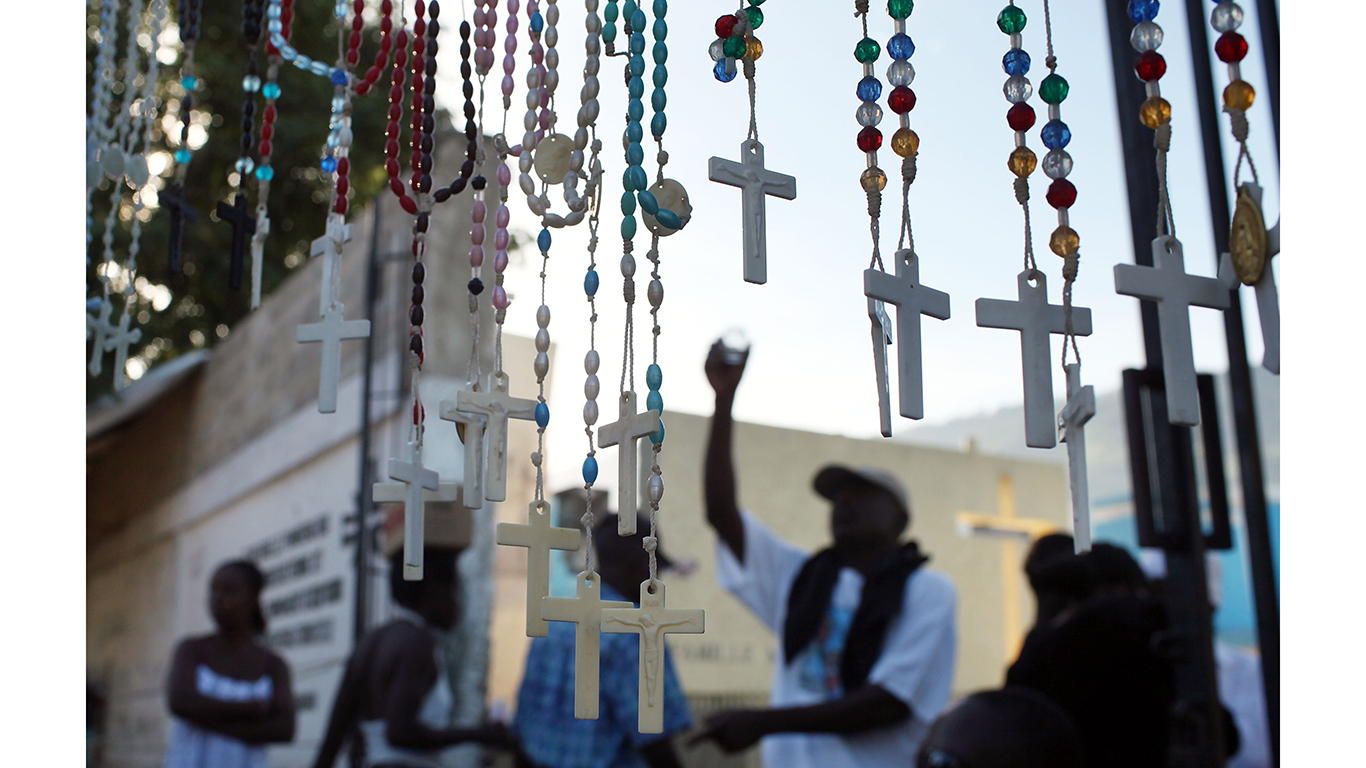
2. Its origins go back to slavery, Christianity, and European imperialism
Slaves in West African countries where European nations ruled were banned from practicing any religion except Roman Catholicism. In fact, an 1685 law required all masters to baptize their slaves upon purchasing them. As a result, the newly christened slaves, who weren’t entirely converted, combined some Catholic rituals with elements from their own religions. During the 17th century, many slaves were brought to Haiti. Due to the country’s isolated location, Voodoo developed into its own religion with unique traditions and beliefs. This is how over the years some of the Voodoo spirits became associated with Christian saints.

3. It’s popular in several parts of the world
Voodoo is an official religion in Benin, which is often regarded as the home of Voodoo. About 40% of the population follow it. There is a national museum dedicated to the religion and a public holiday named after it. Voodoo is practiced in other parts of West Africa as well, and also in Haiti, where it is completely normal. Voodoo still has a following in New Orleans, too. A few other countries — such as Brazil, the Dominican Republic, Puerto Rico, Cuba, Ghana, and Togo — which have a history of being home to people of African descent, still practice some version of Voodoo.

4. It’s an official religion in Haiti
There is a saying about religions in Haiti: “70% Catholic, 30% Protestant, and 100% Vodou.” Voodoo has been practiced in the country since the 18th century, and it was made the second official religion in 2003.
[in-text-ad-2]
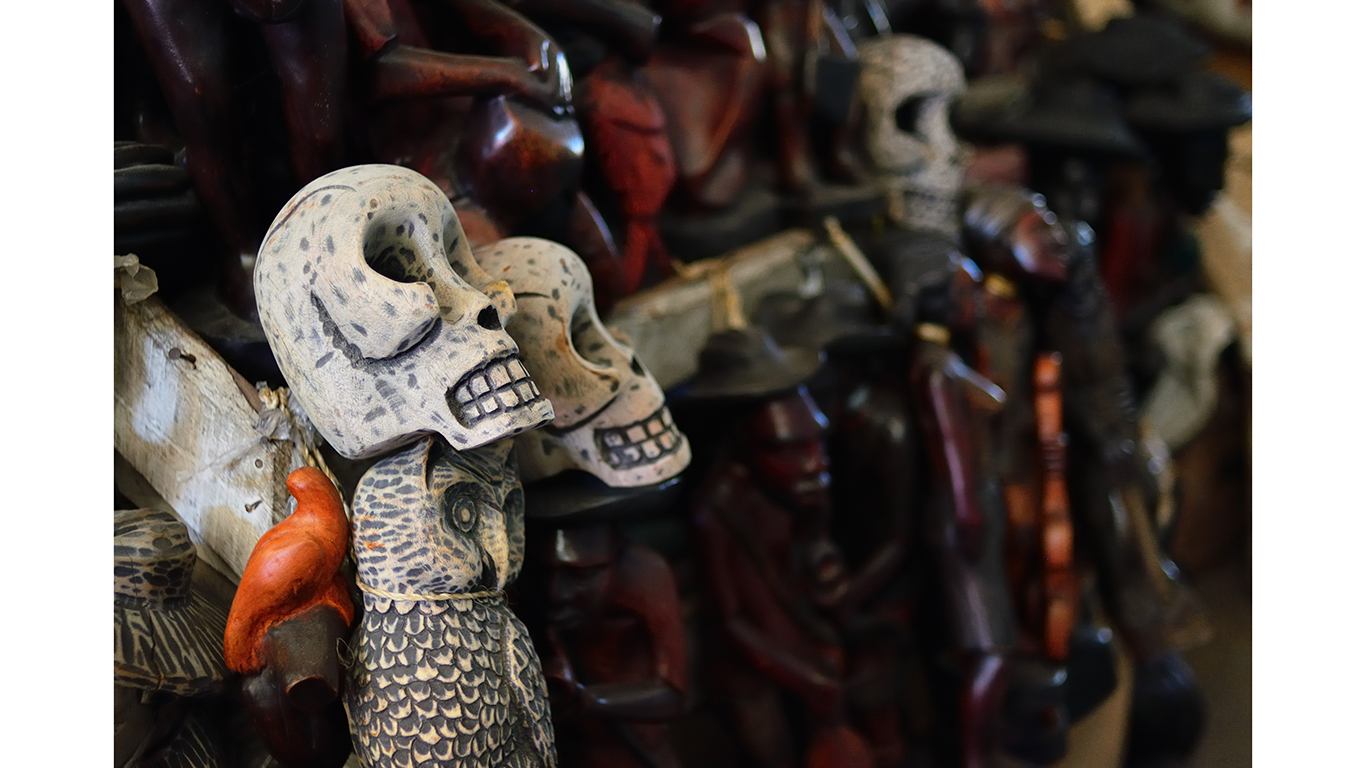
5. It’s a tourist attraction, too
Vodou, as it’s spelled in Haiti, plays an important role in the country’s economy. It’s a main draw for tourists. This was especially evident after the 2010 earthquake that killed about 300,000 people and left the country in ruins. People have been going for art such as handcrafted souvenirs and tapestries. There are many Voodoo tours one can go on, and some were even created to set the record straight about the religion and the misconception that it is about evil and black magic.

6. It’s about healing
Contrary to what many movies may try to make you believe, Voodoo is not about evil magic and curses. In fact, it is about healing. Some of the methods are homeopathic, others involve natural remedies, especially herbs, and still more have to do with spells. Voodoo teaches respect for the natural world. In Haiti, for example, it’s not uncommon for poor people to seek the help of a Voodoo priest, also known as hougan, rather than a doctor of Western medicine.
[in-text-ad]
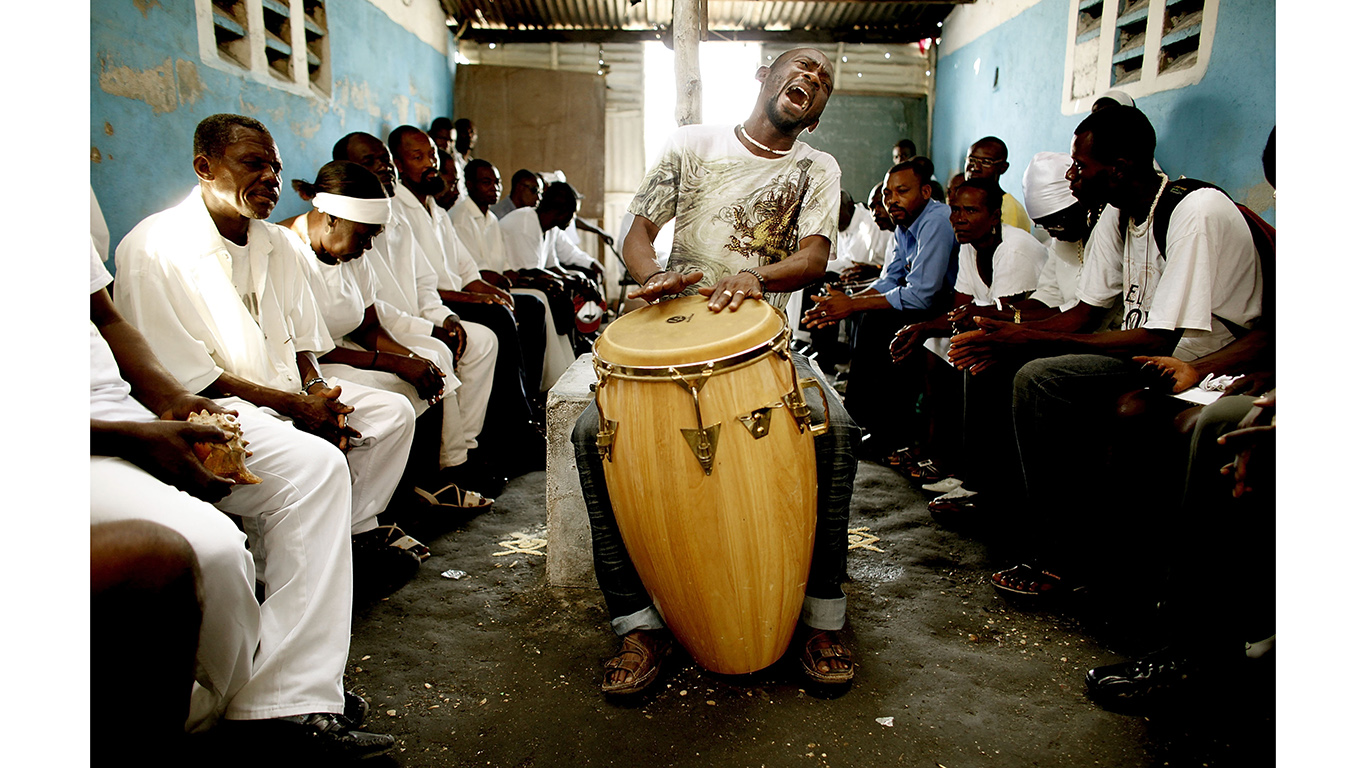
7. Practitioners communicate with spirits
Voodoo is a religion and a way of life. At the center of the religion are loa (also spelled lwa), which are spirits. Practitioners contact the loa to ask for anything from health to love and success. Different loa represent different aspects of life. Papa Legba is one of the most famous spirits. He is the gatekeeper to the loa world, and anyone who needs to talk to a spirit must go through him first.
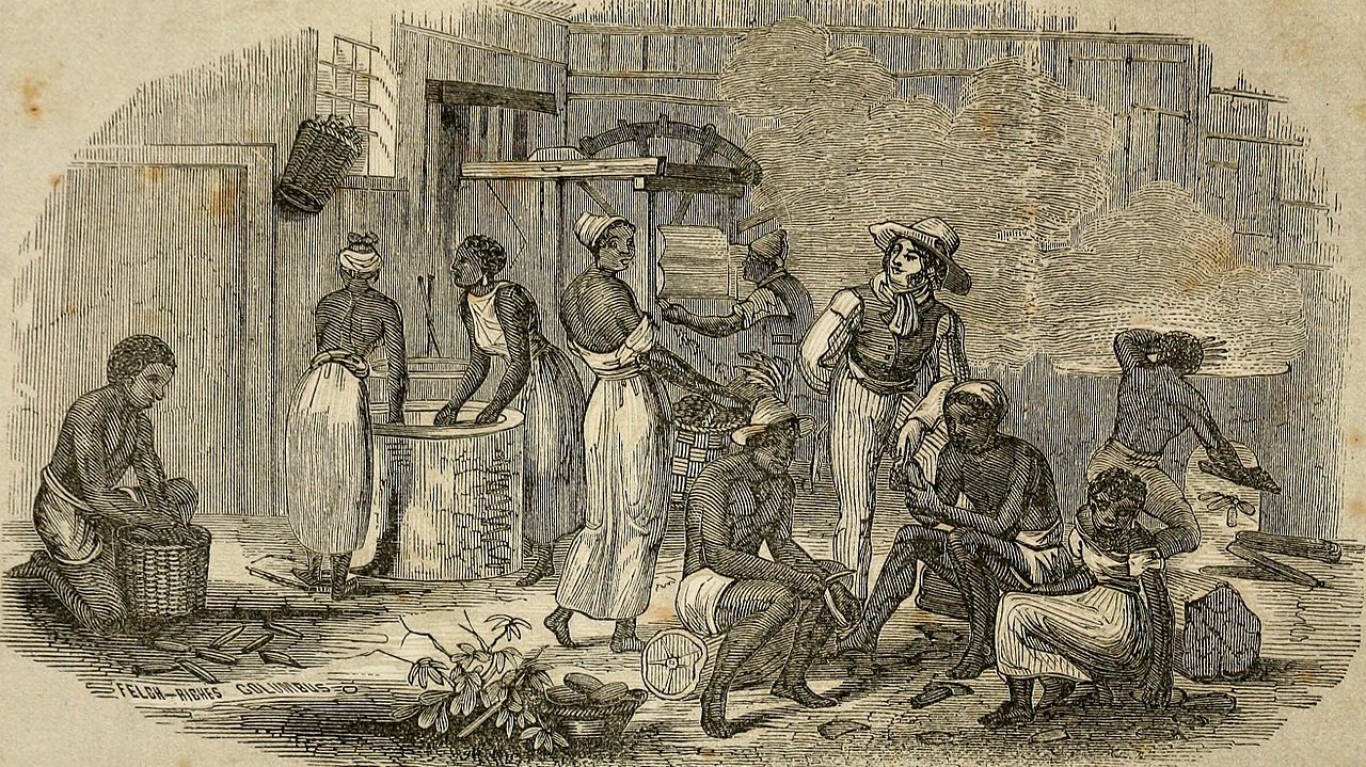
8. It was a way for slaves to cope
Voodoo developed over time as forcibly christened African slaves looked for ways to continue worshiping their own gods. Slaves found a common ground in their faith. Practicing their own rites,modifying rituals so they could still be considered Catholic, and socializing kept them strong. This is why community is one of the most important values in Voodoo.

9. Voodoo has several names
You may also see it spelled voudou, vodun, or French vaudou. Even though it’s rarer, older texts may still have it written as vaudoux. Each version is a different attempt to match the Haitian pronunciation. However, locals there barely use Voodoo or its other spellings. They simply say people following or serving the loa. Loa are the spirits in Voodoo.
[in-text-ad-2]

10. There is no official book or guide on how to practice Voodoo
Voodoo is based on oral traditions; its practices are passed on from generation to generation by word to mouth. There is no official written text or guide to its teachings.

11. Followers believe in two worlds
Voodoo practitioners believe that basically there are two worlds â visible, where people live, and invisible, where the spirits reside. The spirits are of deceased people and always remain with us in some form. The two worlds are intertwined with death serving as the transition from one to the other.
[in-text-ad]

12. There are three main types of Voodoo
There are three main types of Voodoo and they come from the regions where the religion is practiced most often — Haitian vodou, Louisiana Voodoo, and West African vodun. Haitian Voodoo has been influenced by Christianity and French imperialism. West African Voodoo is practiced by some 30 million people and its rituals have not changed much over the centuries.
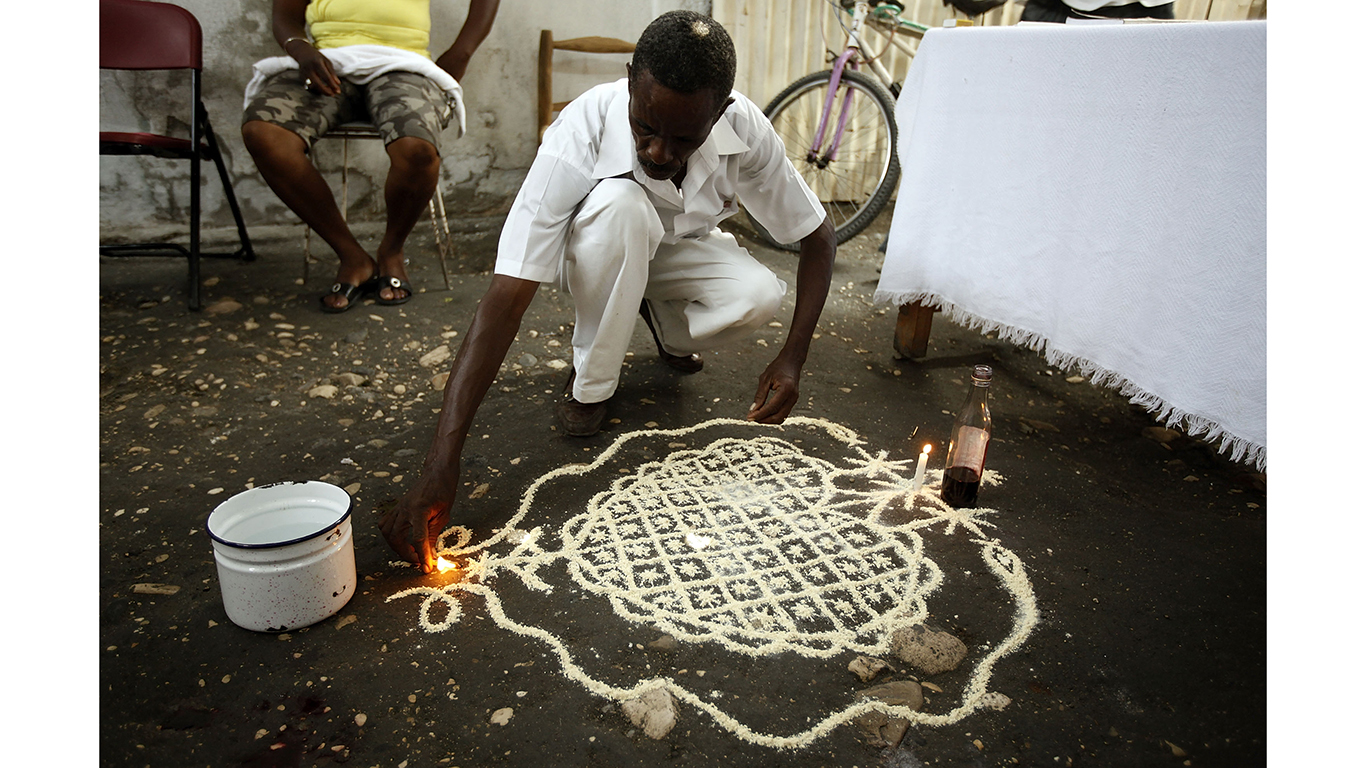
13. The Voodoo god is Bondye, the supreme creator
Followers believe in one god Bondye. He is the supreme creator and can be equated with the Catholic God. Bondye is derived from the French Bon Dieu, which means “good God.” He is the one who controls both spiritual and human activity. He represents the human community and is the origin of all life, which thus belongs to him.
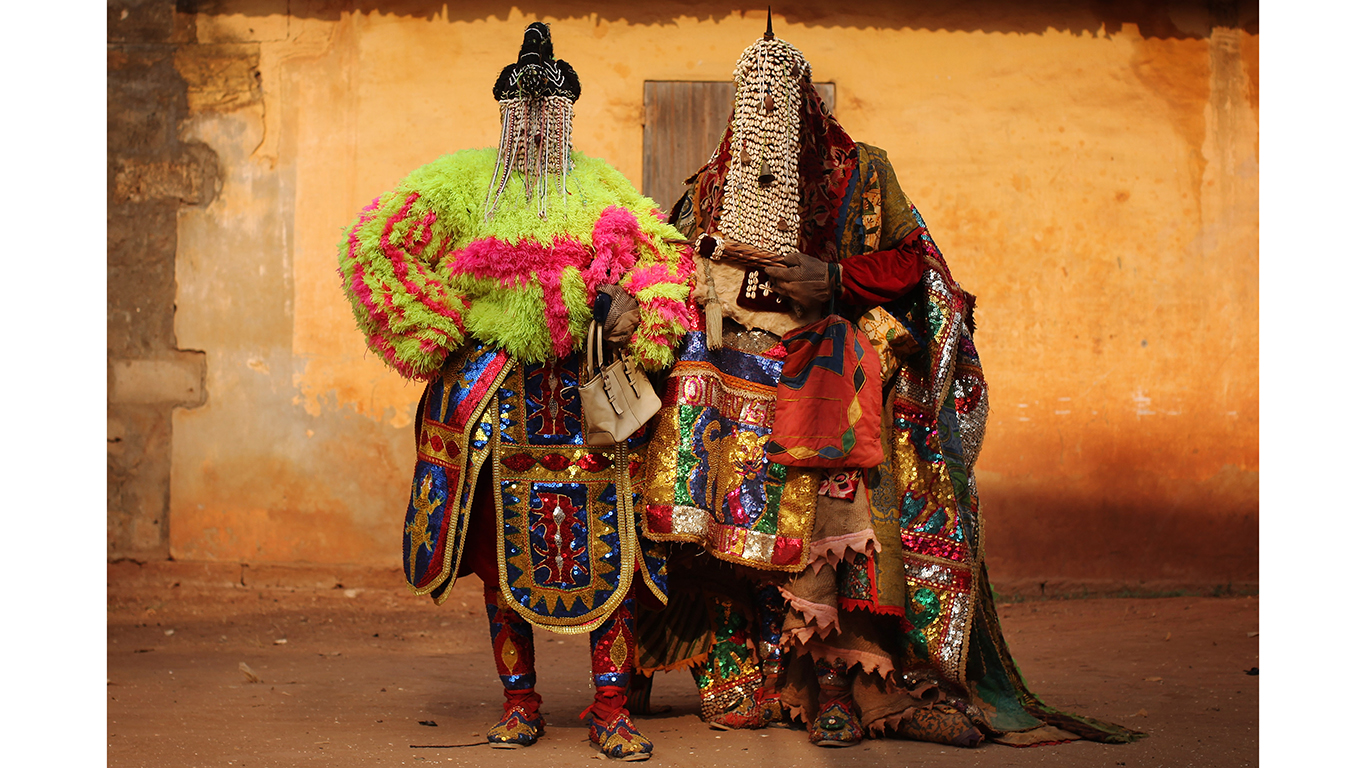
14. Spirits are the masters, not followers
Contrary to what many people may believe about Voodoo spirits, they are not the ones who do humans’ bidding. Loa manifest as forces that impact the lives of people every day. As with Greek gods, people can only turn to the spirits who they believe are basically running the world, requesting help.
[in-text-ad-2]

15. These spirits are connected to nature
Voodoo is a religion honoring elements in nature. Voodoo spirits are believed to be present in nature, including in trees, rivers, and mountains. In addition to having power over human activities, they are also connected to natural phenomena, such as thunder and storms.

16. The Catholic Church and Voodoo followers have a complex relationship
In 1993 when Pope John Paul II visited Benin, often considered the home of Voodoo, he praised it for its strong connections to its ancestors and moral life teachings. He also told the Beninese they wouldn’t betray their religion if they became Christians because they already worship one god, even though they believe in spirits. Almost two decades later, another pope, Benedict XVI, had a completely different stance. Visiting Benin, he urged Voodoo followers to reject occultism and evil spirits.
[in-text-ad]
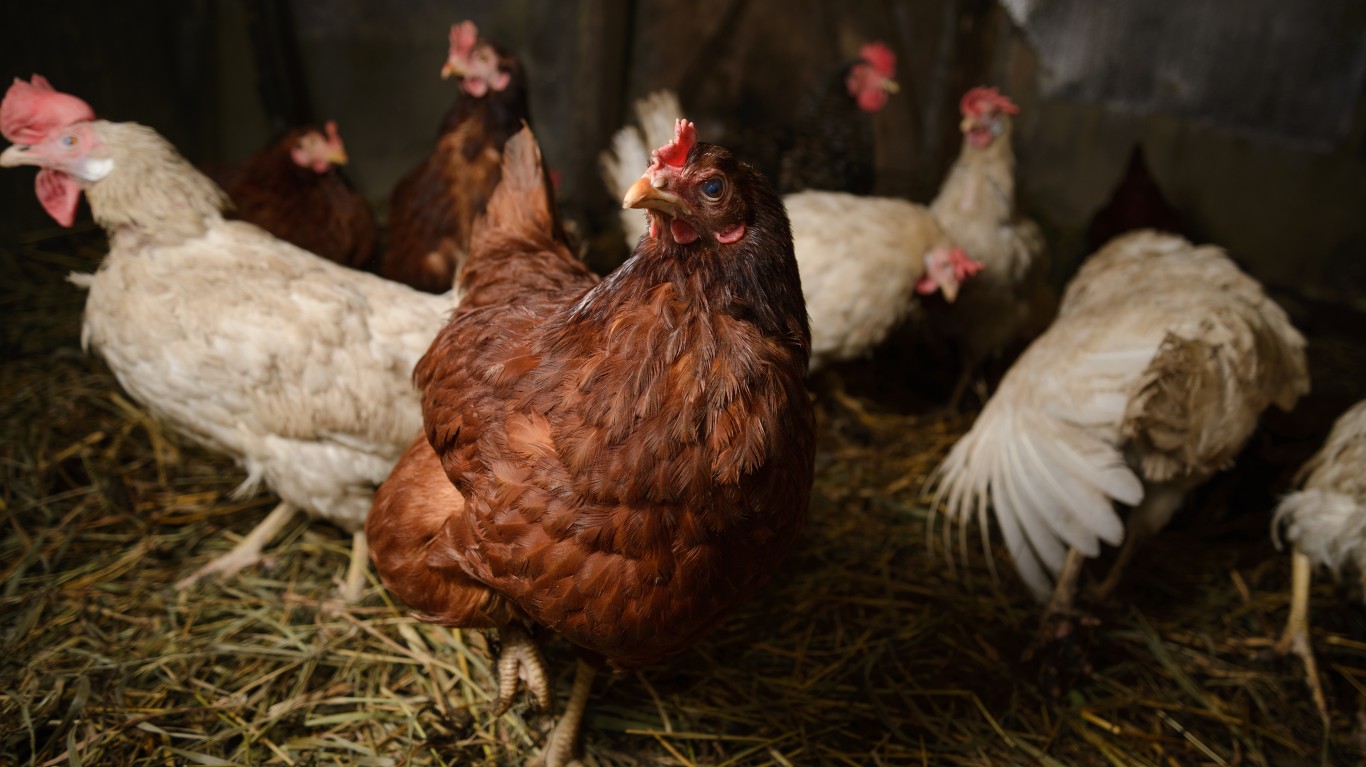
17. Animal sacrifice is not about death
Animal sacrifice is part of the religion not because of an obsession with bloodshed or other gruesome reasons sometimes portrayed in movies. It is about transferring life energy to the spirits, which people are asking for help. It’s how people feed the spirits. Many of the sacrificed animals are chickens and many of the requests are about health.
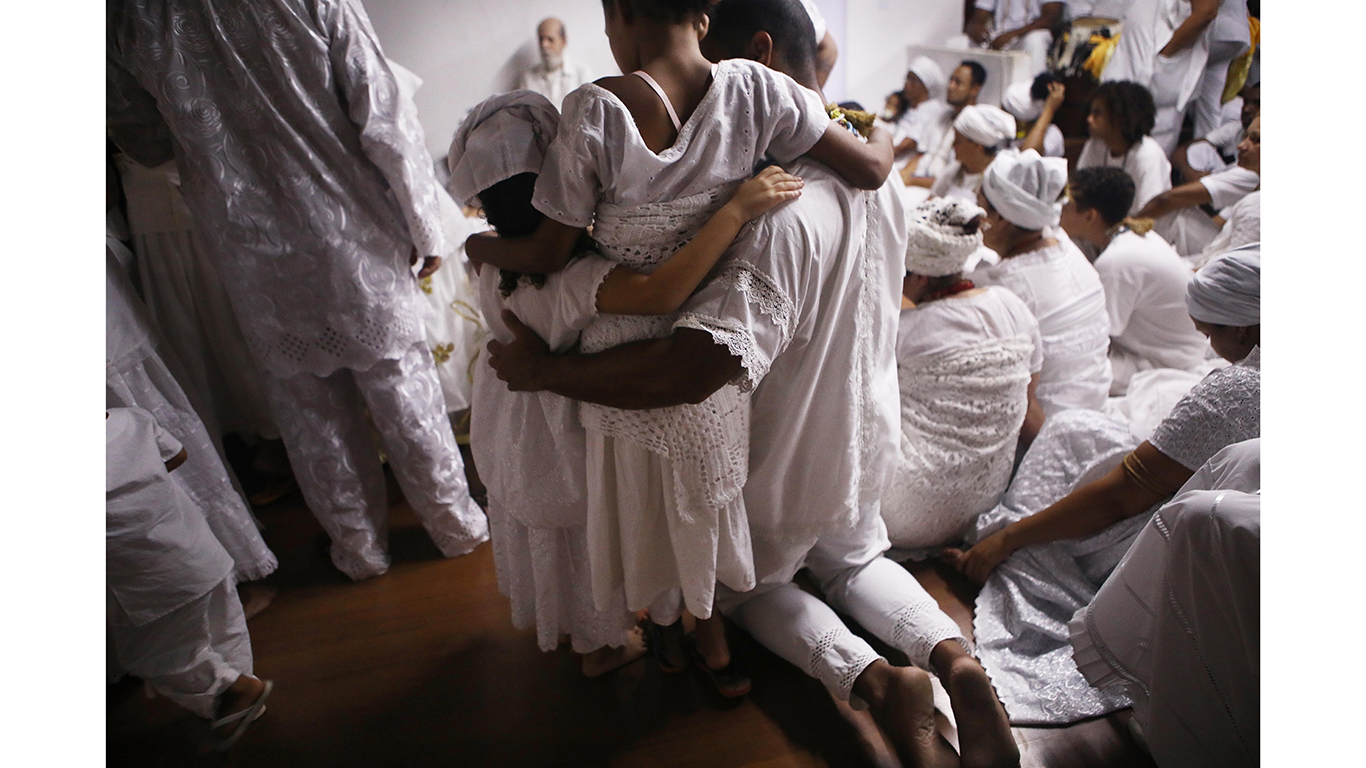
18. There is a moral code
There is no such thing as human sacrifice in Voodoo. This is completely against the religion’s moral code, which stresses no harm to others. The moral code focuses mostly on the wrongs of dishonor and greed.
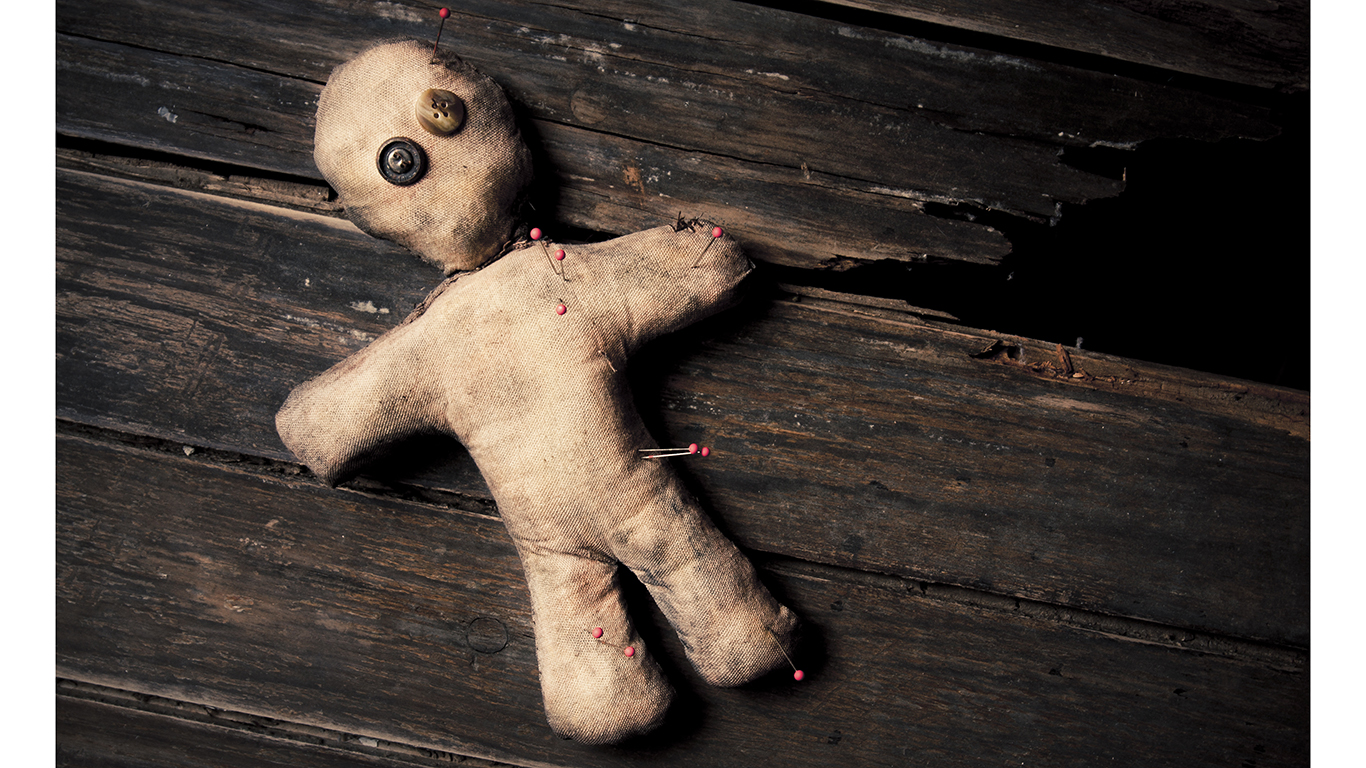
19. Voodoo dolls are not a thing
Voodoo dolls, which are mistakenly thought to be stuffed dolls people use to curse someone, did not even exist when the religion developed in Benin. Dolls are just a small part of Voodoo beliefs that were adapted to blend with Christianity. Also, the role of these dolls is quite the opposite of evil — they are meant to honor the people they represent. Vodouisants, or voodooists, use such dolls to attract a loa’s influence.
[in-text-ad-2]
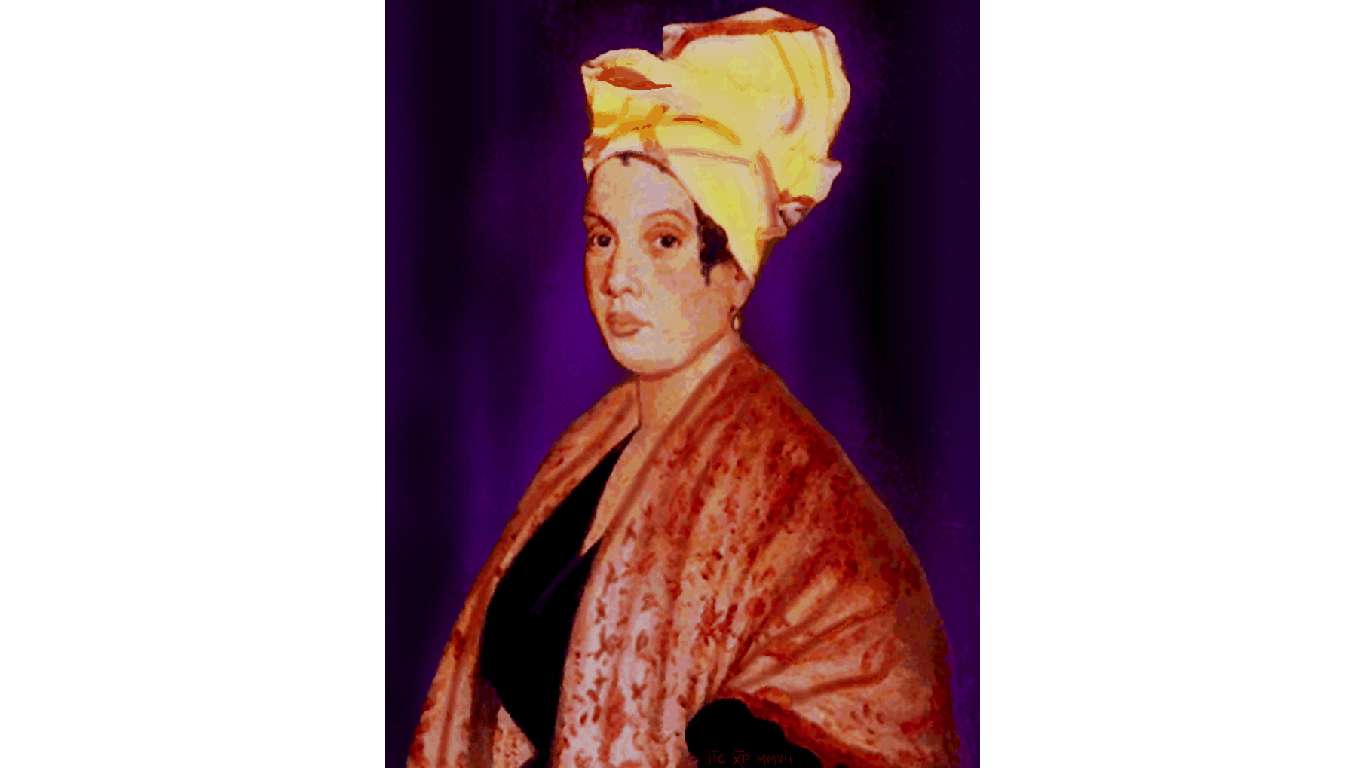
20. Marie Laveau was not evil
The most famous Voodoo practitioner has a bad reputation, but this is because Voodoo in general is misunderstood as an evil religion. Marie Laveau, the “Voodoo Queen,” was actually a good person, and many people sought her advice and help. Her powers are said to have included healing the sick. She organized charities and helped people in need. She is said to have even taken care of yellow fever patients and posted bail for free women of color.

21. Priests and priestesses undergo extensive training
Voodoo priests and priestesses are called hougan and mambo, respectively. While the tradition of being a priest or priestess is often passed from one generation to another in a family, not everyone can be clergy. They undergo extensive training, following already established clergy, and have a particular role in Voodoo rituals. Some places even offer initiation courses.
[in-text-ad]
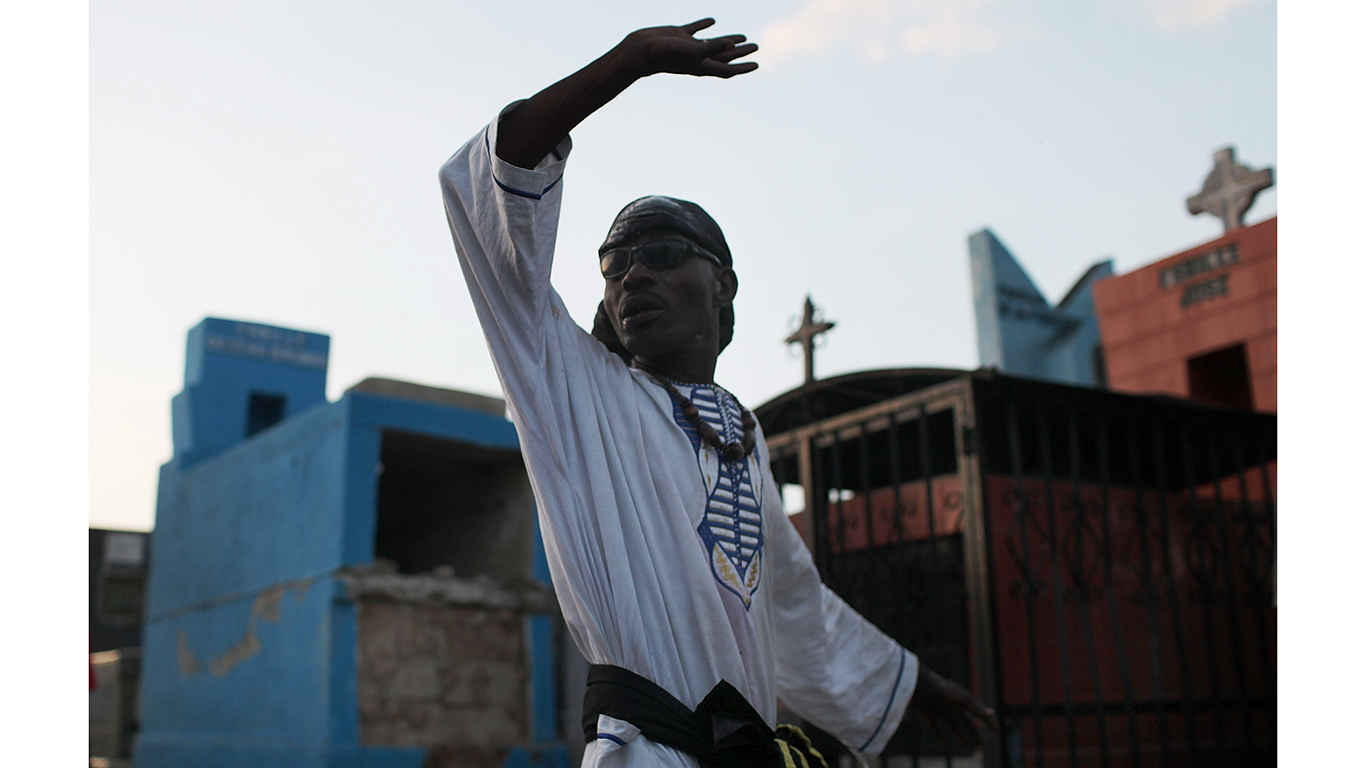
22. Ancestors are very important
Voodoo followers revere their ancestors. People believe their dead relative are spirits (loa), which they honor with many rituals because they offer protection, healing, as well as advice. Voodooists can call on their ancestors at any time via simple ways, such as lighting a candle or making a small offering, such as a bottle of beer.
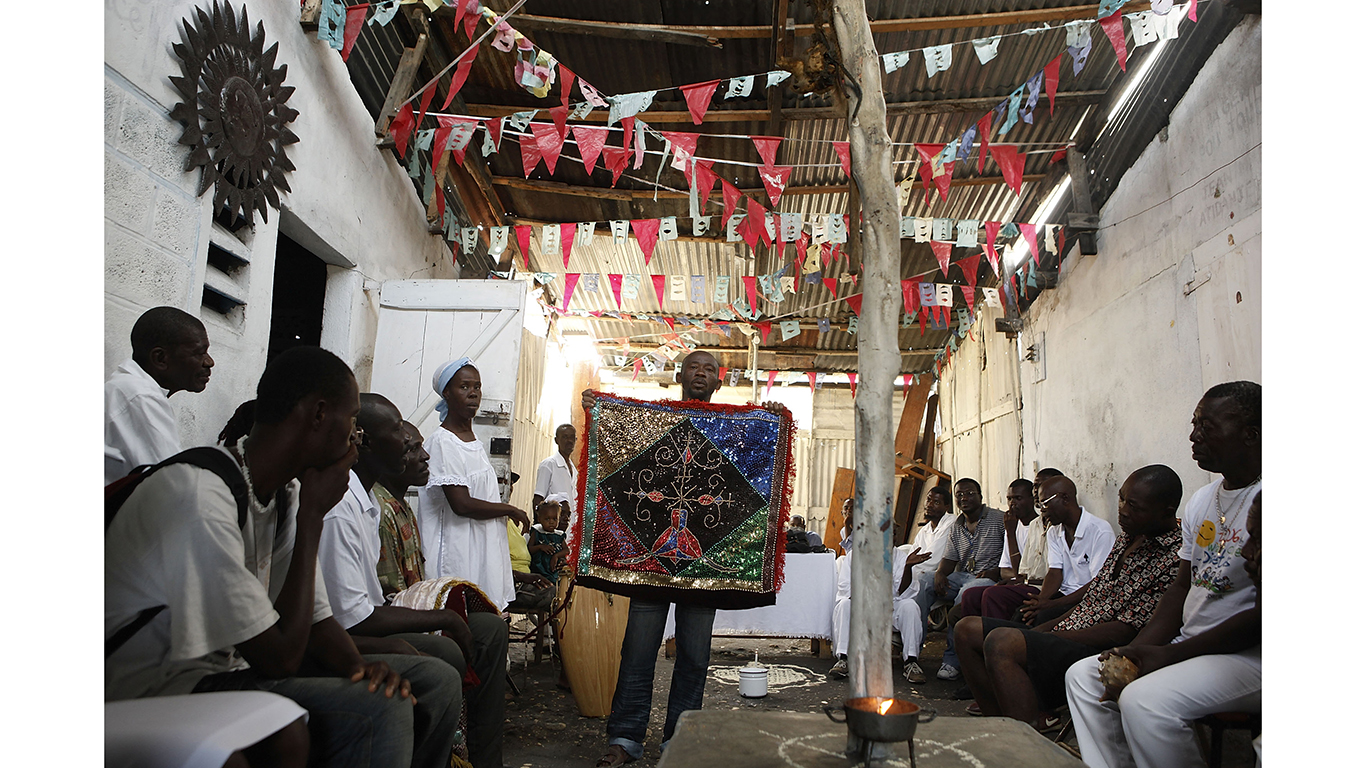
23. Voodoo pilgrimage takes place in July in Haiti
Haiti hosts an annual Voodoo pilgrimage. In July a village in the northern part of the country becomes the spiritual headquarters of Voodoo followers. During the celebrations, they take sacred mud baths, light candles, sacrifice animals, bathe in a waterfall that is believed to have purifying powers, and make offerings to the spirits.
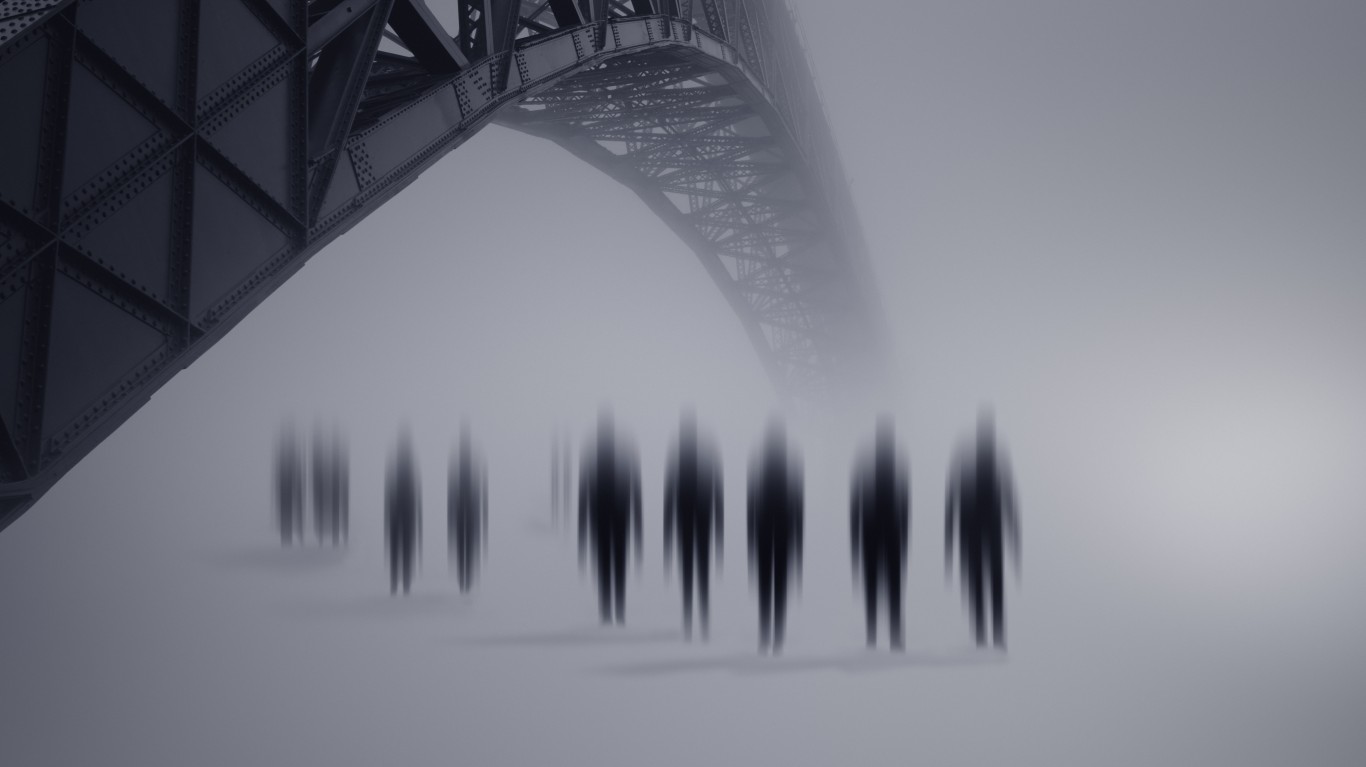
24. Zombies are not common
Similar to Voodoo dolls, zombies are not common and were not part of the religion when it originated in Benin. Tales of zombie creatures started when slaves were brought to Haiti in the 17th century. Zombies are found only in Voodoo beliefs that are more in line with secret societies rather than everyday praising of the loa.
[in-text-ad-2]
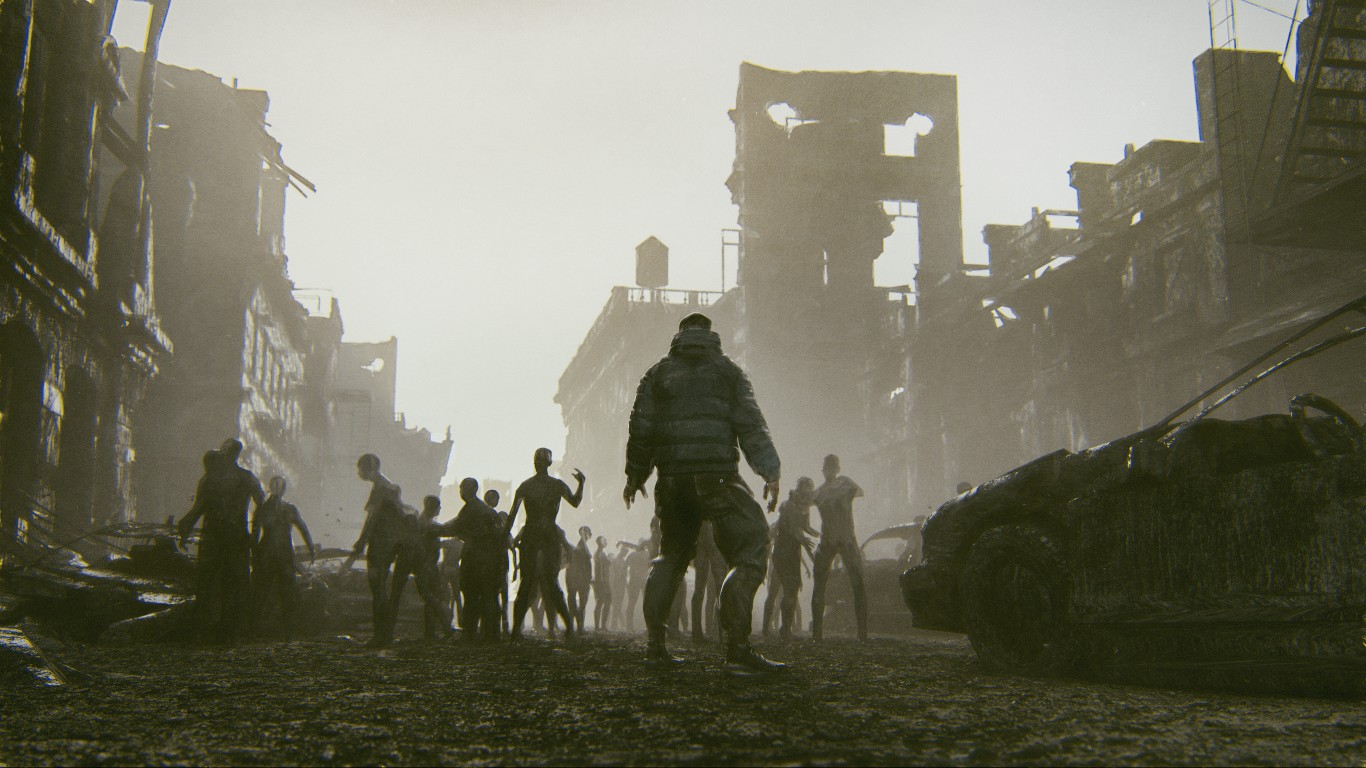
25. And they don’t want to eat people
Zombies in Haitian Voodoo are not interested in eating human flesh. In Voodoo, a zombie is a human body without a soul. It has no feelings. Many Voodoo practitioners denounce that zombies are real, saying they are just folk tales or metaphors.

26. Voodoo in New Orleans was brought by slaves from Haiti
Voodoo made its way to New Orleans in the early 17th century when slaves who had been brought to Haiti from West Africa were taken to Louisiana. Over time, as was the case in Africa, Voodoo blended with the dominant religion in New Orleans, Catholicism, and became the hybrid that is called New Orleans Voodoo. For example, Papa Legba, who in Voodoo is the gatekeeper to the spirit world, is St. Peter, who has the keys to the gates of heaven.
[in-text-ad]
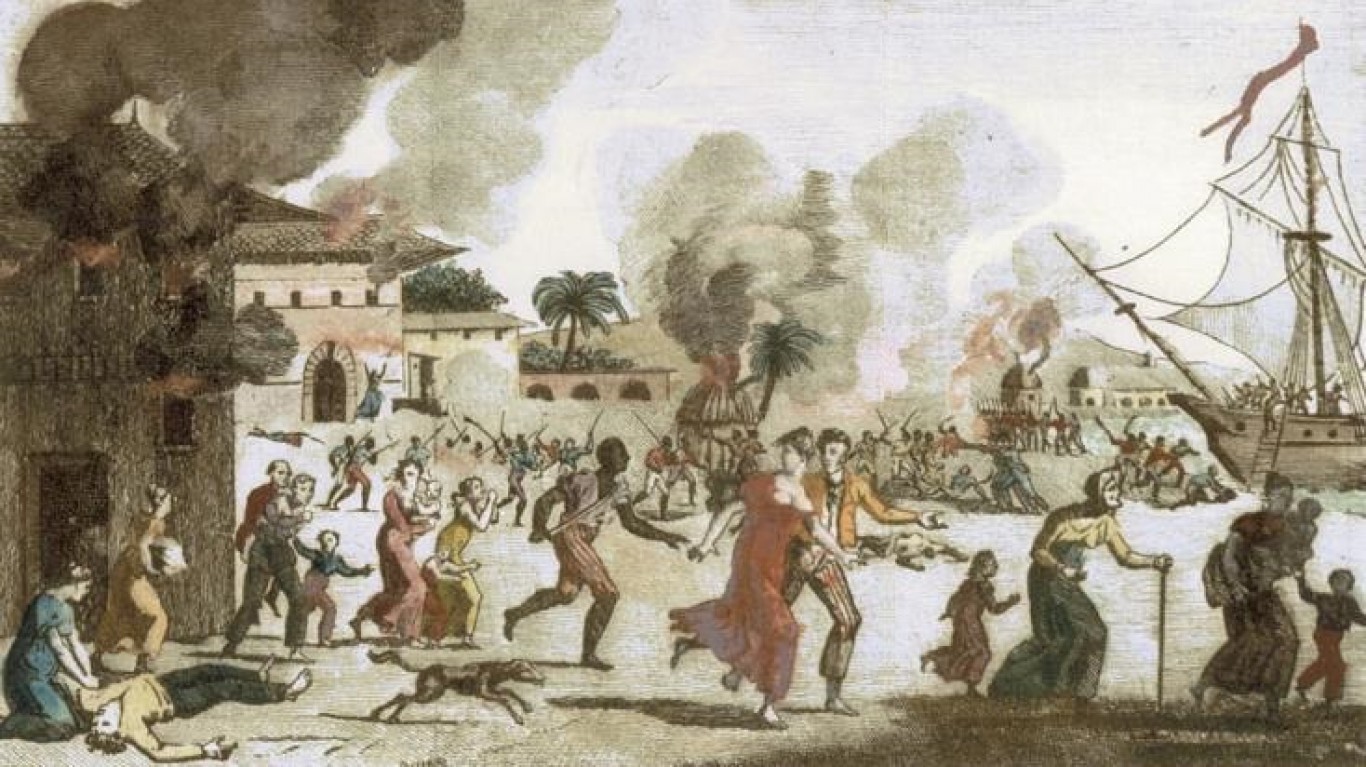
27. A Voodoo priest started the Haitian Revolution
The Haitian Revolution of 1791, often called the most successful slave rebellion in the Western Hemisphere, put an end to French rule over the colony of Saint Domingue, as Haiti was called then. The revolution started with a Bois Caïman ceremony, officiated by a Voodoo priest from Jamaica, during which slaves made plans to set plantations on fire and discussed general strategies.
Take This Retirement Quiz To Get Matched With An Advisor Now (Sponsored)
Are you ready for retirement? Planning for retirement can be overwhelming, that’s why it could be a good idea to speak to a fiduciary financial advisor about your goals today.
Start by taking this retirement quiz right here from SmartAsset that will match you with up to 3 financial advisors that serve your area and beyond in 5 minutes. Smart Asset is now matching over 50,000 people a month.
Click here now to get started.
Thank you for reading! Have some feedback for us?
Contact the 24/7 Wall St. editorial team.
 24/7 Wall St.
24/7 Wall St. 24/7 Wall St.
24/7 Wall St.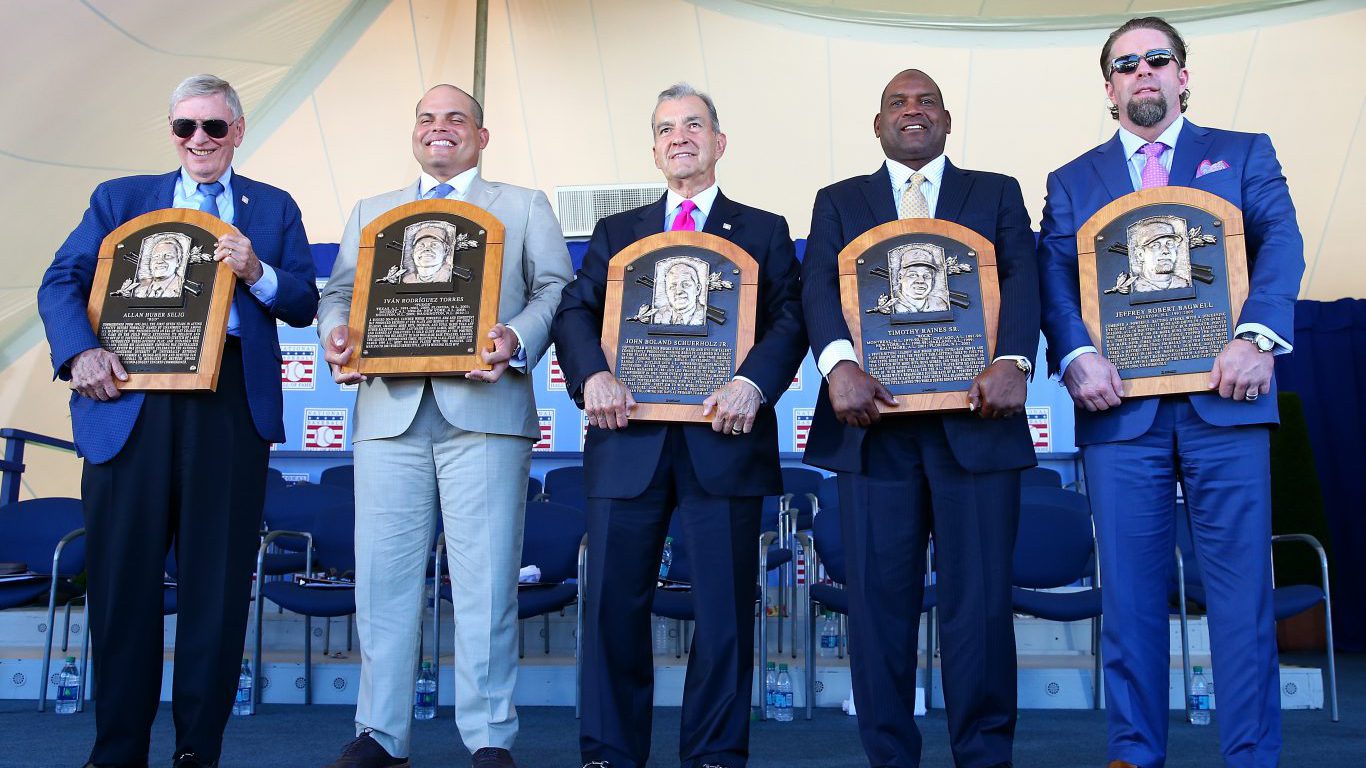 24/7 Wall St.
24/7 Wall St.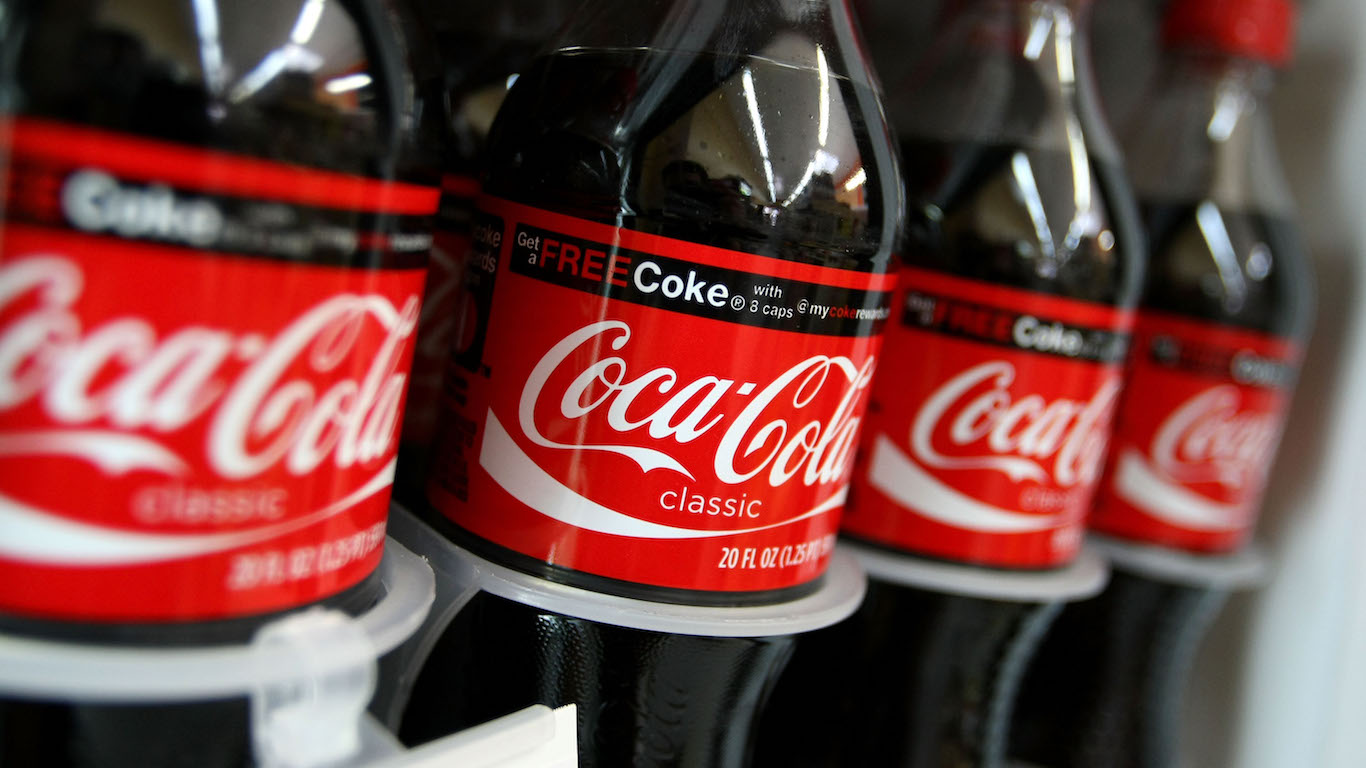 24/7 Wall St.
24/7 Wall St.


